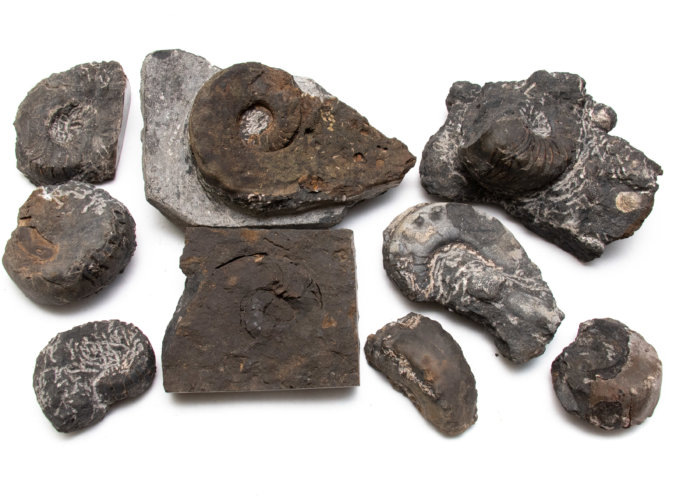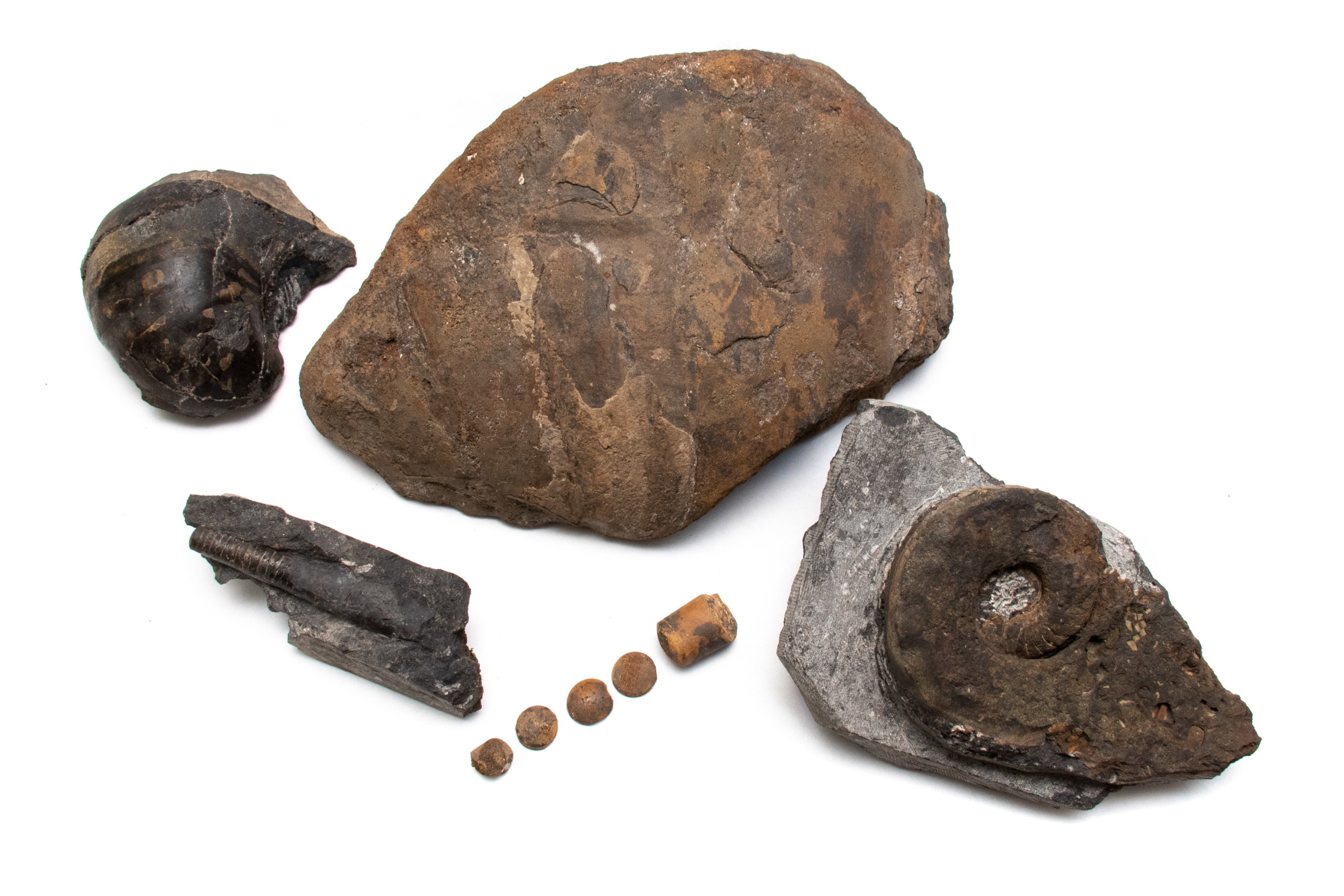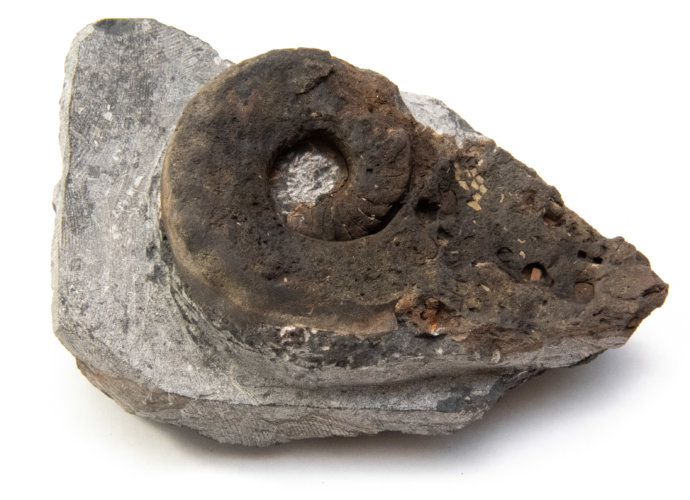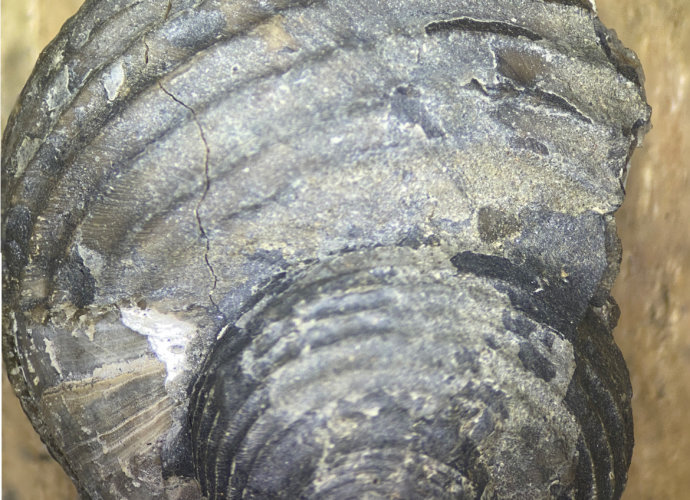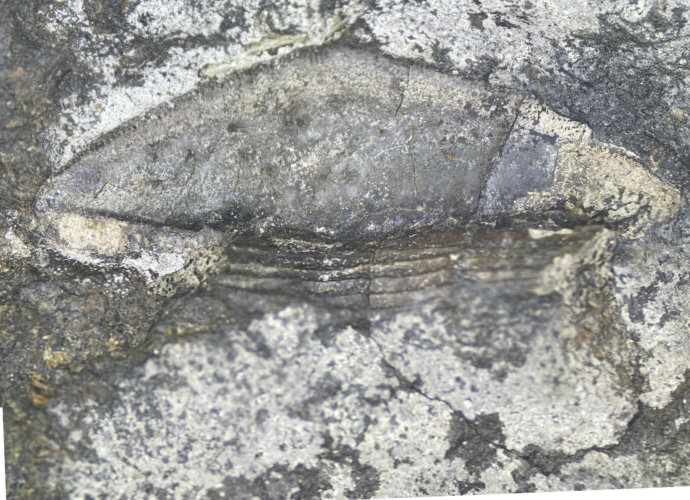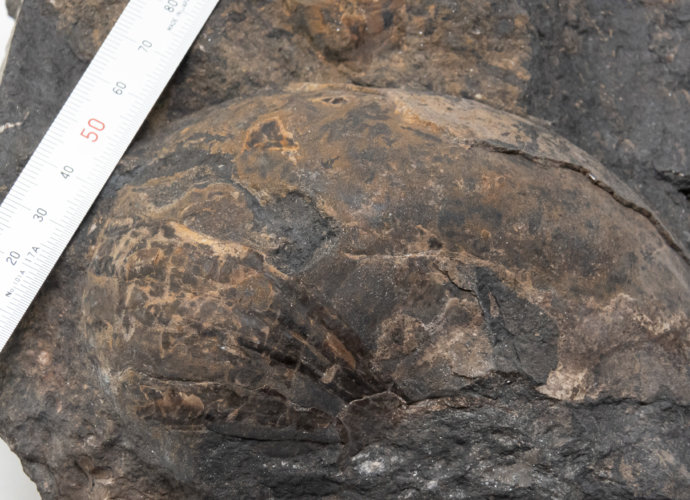Metacoceras Catalog Entries
I have several specimens of Metacoceras piling up as I work on prepping them for display or storage. In prepping, I typically remove additional matrix, and I remove matrix covering details of the specimens. The white marks are a result of using an air-scribe to remove matrix. This tool strikesRead More →

